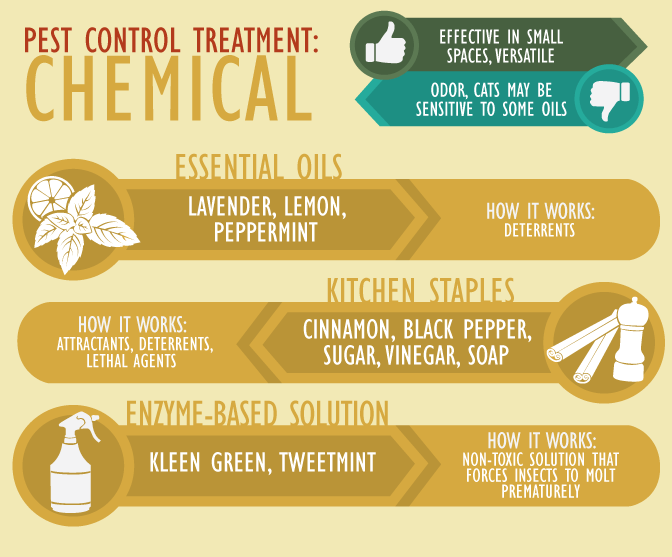Tips For Homeowners To Maintain Rodents Out Of Their Attics
Tips For Homeowners To Maintain Rodents Out Of Their Attics
Blog Article
Produced By-Ellegaard Enevoldsen
Envision your attic room as a relaxing Airbnb for rats, with insulation as cosy as resort pillows and wiring more attracting than area service. Now, visualize these unwanted guests throwing a wild event in your home while you're away. As a home owner, guaranteeing your attic is rodent-proof is not nearly peace of mind; it's about securing your property and liked ones. So, what easy steps can you take to safeguard your haven from these hairy intruders?
Check for Access Things
To begin rodent-proofing your attic, inspect for entrance points. Beginning by meticulously checking out the outside of your home, seeking any kind of openings that rats could make use of to gain access to your attic. Look for gaps around utility lines, vents, and pipelines, in addition to any cracks or openings in the structure or home siding. See to it to pay close attention to areas where various building products fulfill, as these are common access factors for rats.
In addition, check the roof covering for any kind of damaged or missing tiles, as well as any gaps around the edges where rodents can squeeze through. Inside the attic room, try to find indicators of existing rodent activity such as droppings, ate cords, or nesting materials. Use a flashlight to extensively check dark corners and surprise spaces.
Seal Cracks and Gaps
Check your attic room completely for any fractures and voids that require to be sealed to stop rats from going into. Rodents can press via also the tiniest openings, so it's vital to seal any possible entrance factors. Check around pipelines, vents, cords, and where the wall surfaces meet the roof. Make use of a mix of steel woollen and caulking to seal these openings properly. Steel woollen is an exceptional deterrent as rodents can not chew through it. Ensure that all spaces are snugly sealed to refute accessibility to unwanted pests.
Do not ignore the significance of sealing spaces around windows and doors too. Usage weather stripping or door moves to seal these areas effectively. Examine the areas where utility lines enter the attic and seal them off using an appropriate sealer. By putting in flying ant control to secure all splits and gaps in your attic, you produce a barrier that rodents will locate hard to breach. Avoidance is key in rodent-proofing your attic room, so be complete in your efforts to seal off any prospective entry factors.
Get Rid Of Food Sources
Take positive steps to get rid of or save all prospective food sources in your attic room to prevent rodents from infesting the area. Rats are brought in to food, so eliminating their food resources is vital in maintaining them out of your attic room.
Here's what you can do:
1. ** Store food securely **: Avoid leaving any type of food products in the attic room. https://www.pctonline.com/article/problem-solving-in-the-wild/ in closed containers made from metal or sturdy plastic to prevent rodents from accessing them.
2. ** Clean up debris **: Remove any stacks of particles, such as old papers, cardboard boxes, or wood scraps, that rats could make use of as nesting product or food resources. Maintain the attic clutter-free to make it much less attractive to rodents.
3. ** Dispose of rubbish correctly **: If you use your attic room for storage space and have garbage or waste up there, make sure to dispose of it routinely and appropriately. Rotting trash bin bring in rodents, so keep the attic room clean and without any kind of organic waste.
click this link here now
To conclude, remember that an ounce of prevention is worth an extra pound of remedy when it pertains to rodent-proofing your attic.
By making the effort to inspect for entry factors, seal fractures and gaps, and remove food sources, you can keep unwanted pests at bay.
Bear in mind, 'An ounce of avoidance is worth an extra pound of treatment' - Benjamin Franklin.
Keep proactive and safeguard your home from rodent problems.
